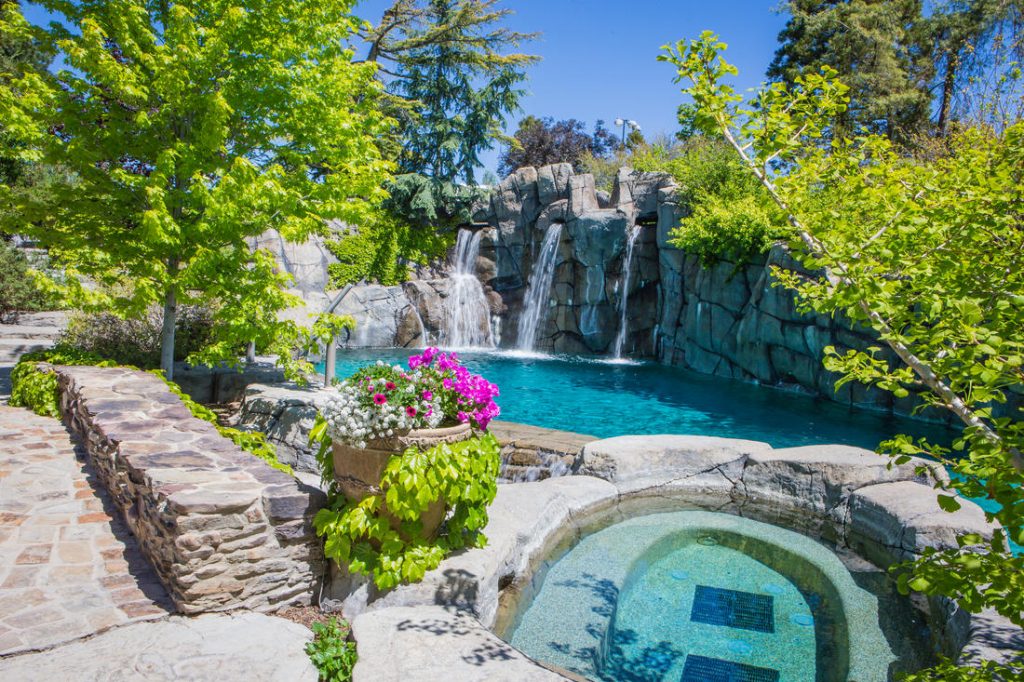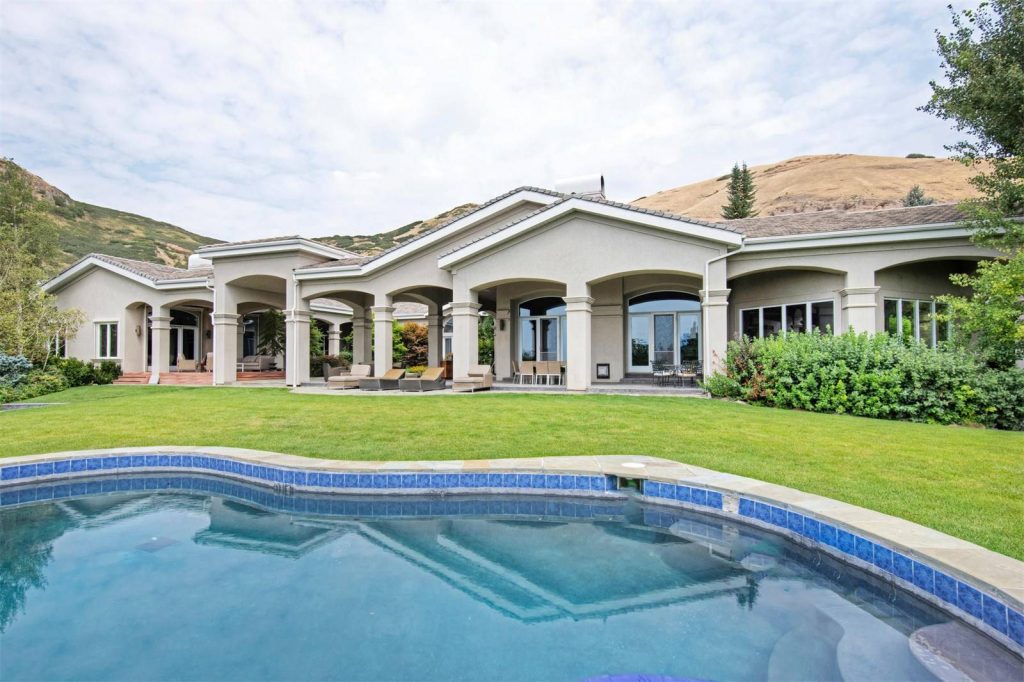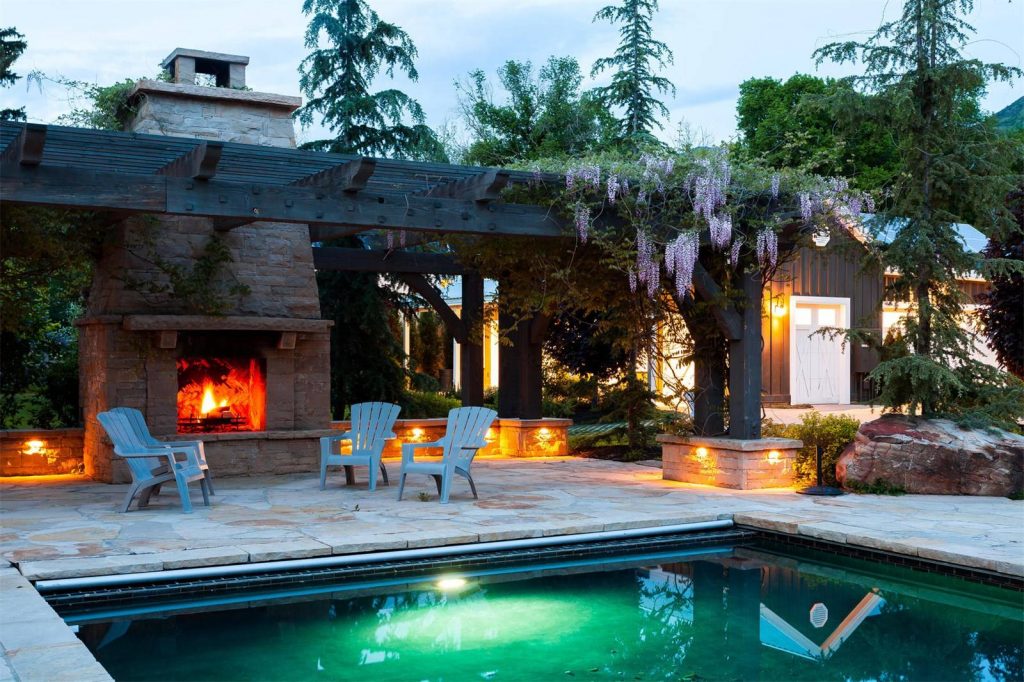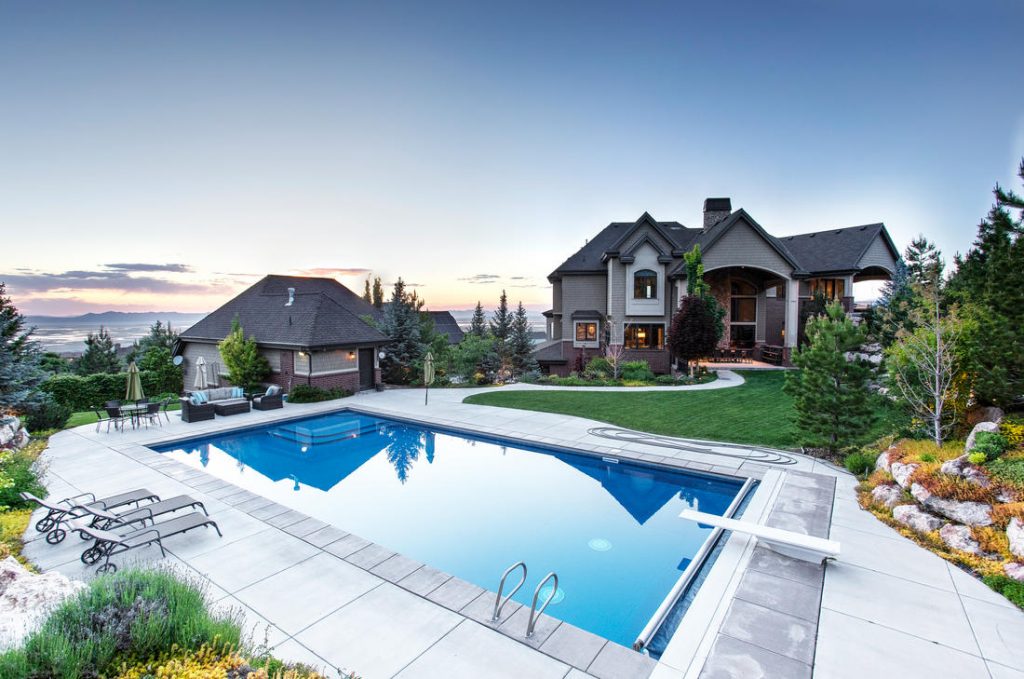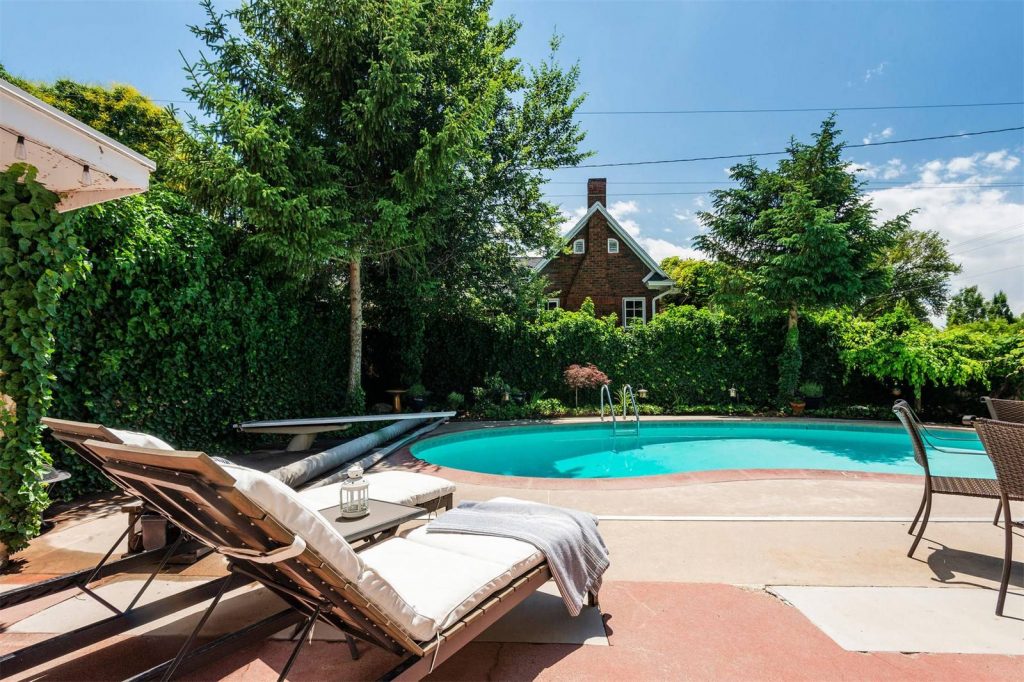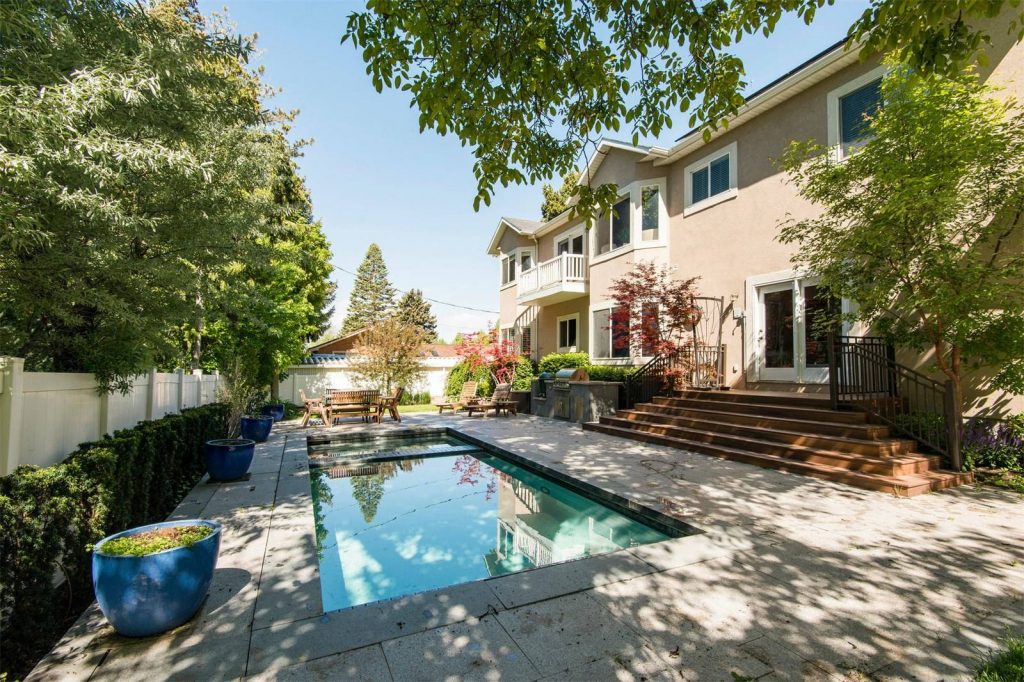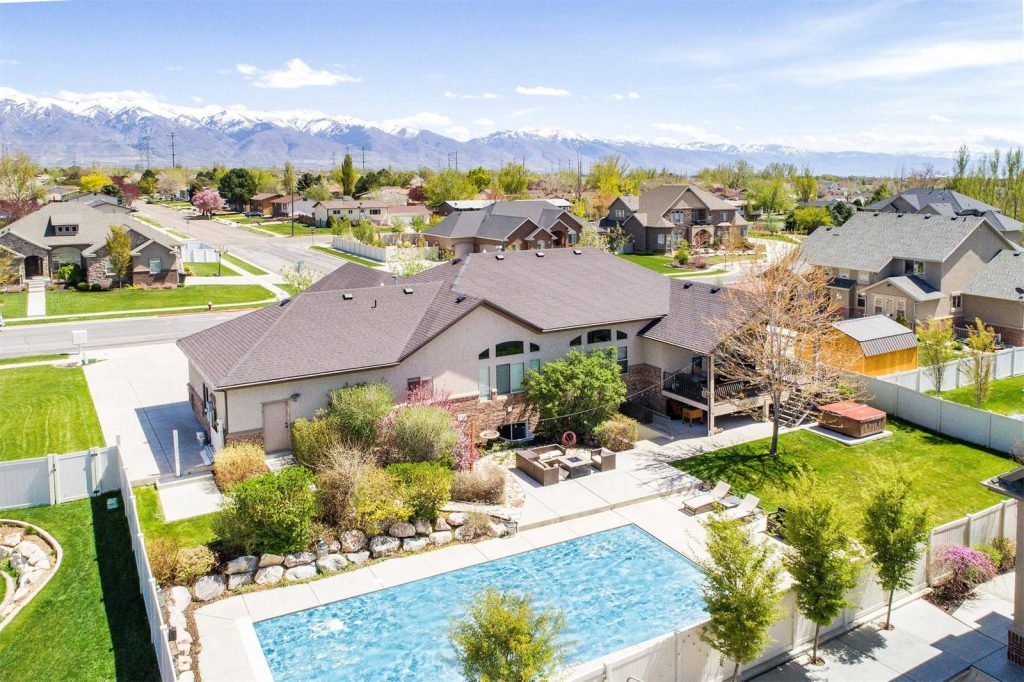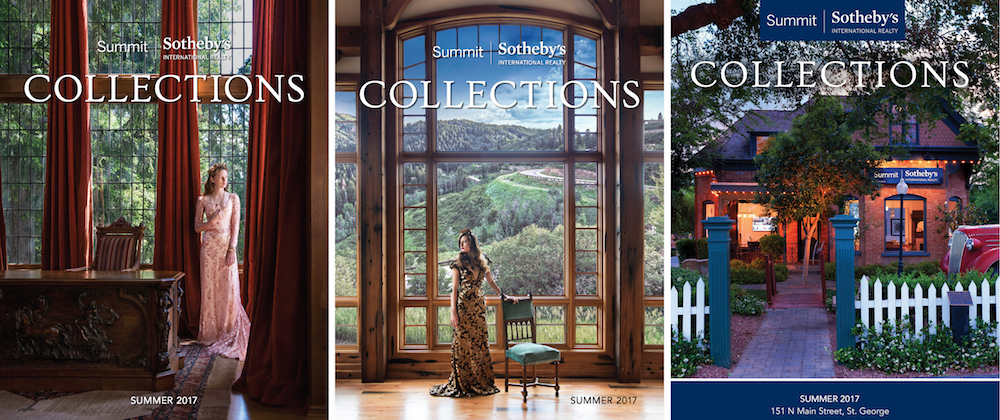
The Salt Lake Valley offers spectacular views of the Rocky Mountains, easy access to an ever growing downtown and nightlife, award winning restaurants and breweries with exceptional food and eight world-class ski resorts within an hour’s drive. With everything the valley has to offer, finding the perfect neighborhood for you and your family is key to taking full advantage of the beauty that is the Salt Lake Valley. These are some of the best neighborhoods the Valley has to offer.

The Avenues
The Avenues lies just east of the center of downtown Salt Lake City, the vibrant neighborhood is known for its mixed architectural style and unique culture. This eclectic community ranges from modern style homes to historic properties with ionic columns and large front porches. The Avenues is a point of interest for many homebuyers as it is nestled between the University of Utah and downtown Salt Lake City. It is a neighborhood that offers the convenience of city living while being close to outdoor recreation areas including City Creek Canyon. Homes in The Avenues area vary in price from $500-$700K+, with homes in what’s considered the “Upper Avenues” (higher on the mountainside, larger property sizes, quieter and dead end streets) being closer to the $700K+ mark.

The East Bench Of Salt Lake City
Moving south from The Avenues, along Foothill Boulevard from Emigration and Parley’s Canyon lies a collection of homes along the East Bench of Salt Lake City. The neighborhood overlooks the entire valley and is close to many attractions including Utah’s Hogle Zoo, Bonneville Golf Course and freeway access to Park City. Homes along The East Bench start around at $650K and increase upwards into the lower millions. The homes are newer and bigger than the homes in The Avenues. The neighborhoods is next to Research Park and the University of Utah making this area ideal for people who work in Research Park or at the near by Huntsman Cancer Institute, Primary Childrens Hospital.

Sugar House
West of The East Bench of Salt Lake City is Sugar House. Known for its bungalow-style homes, tree-lined streets and close proximity to local restaurants, coffee shops and local stores, Sugar House is constantly buzzing. Yalecrest, a small area inside the Sugar House community, provides homeowners with beautiful, historic homes with high ceiling, large front and back yards; Yalecrest yields a cozy, neighborhood feel, with homes priced around $575K – $900K+. It isn’t uncommon to see film crews in Yalcreast filming movies and TV shows.

East Millcreek
A freeway exit south of the East Bench and Sugar House is East Millcreek. Considered by many to be family oriented, the East Millcreek area contains numerous elementary, junior high and high schools, as well as several conveniently located grocery stores and churches, as well as hiking trails. The East Millcreek area sits at the base of Mount Olympus, allowing easy access to Millcreek Canyon and other outdoor areas including an abundance of hiking trails. Offering homes ranging in price from $300-$600K+, East Millcreek homes pack a large square footage and are ideal for the family focused on attaining the perfect mix of home, school, work and the outdoors.

Draper
Venturing further south into the Salt Lake Valley we arrive at the city of Draper. Having grown from a population of just over 7,000 in 1990 to more than 42,000 in 20 years, Draper’s substantial growth has been accompanied by dramatically larger homes, as well as the recently built Draper Temple. Incorporated into Draper are many restaurants, movie theaters, gyms, country clubs and golf courses, giving way for many family activities. Homes in Draper are reasonably priced around $450-640K, with pockets of multimillion dollar homes. The major variable on the home price is largely dependent on the home size and its proximity to the nearby mountains (the eastern bench of Draper sits directly at the base of the Wasatch Front).
Traveling from the northern portion of the Salt Lake Valley towards the south provides a variety of options for the homebuyer. Whether it’s a home with a stunning view of the city or a newer home inside a growing community, Summit Sotheby’s International Realty agents are fluent in their understanding and knowledge of each neighborhood and city throughout the Salt Lake Valley. Contact Summit Sotheby’s International Reality with questions regarding any area in the dynamic valley our office calls home.
Take a look at our full Salt Lake Valley Community Guide

